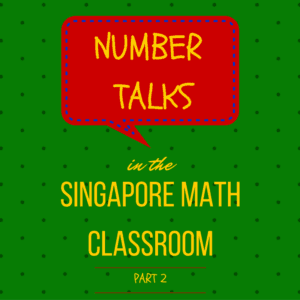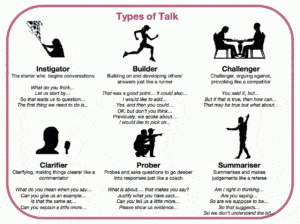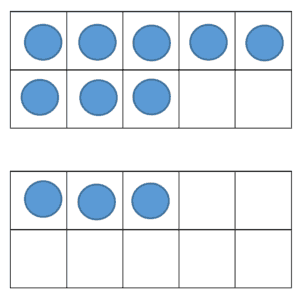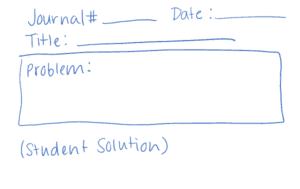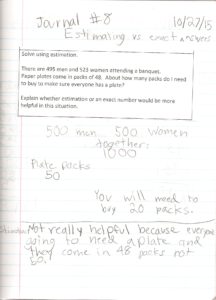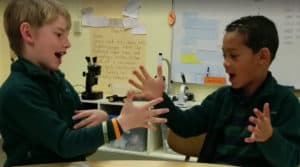 To make the most of the upcoming weeks, try taking some mental math breaks.
To make the most of the upcoming weeks, try taking some mental math breaks.
These few weeks between Thanksgiving and winter break can arguably be the most challenging weeks to keep on pace with curriculum and keep students engaged. With the anticipation of the holidays and a much-needed winter break on students’ minds, they can quickly lose focus. Now more than ever, you will find the need to give your students mental breaks in the day. So, why not practice a little math?
The following games can be practiced just about any time and anywhere if you have a few simple materials on hand.
Make Ten
Skills Practiced: Sums to 10, 20 or 100
Materials: Number cards 0-10, 2 of each or enough for as many pairs as you will need for your class
Pass out 1 number card to each student face down. When you give the signal to go, students cycle around the room to find another student with a card whose number when added to their own makes ten. Once they have found their partner, both students sit down. You can reshuffle the cards and play multiple rounds. Set a timer for each round and challenge your students to beat the fastest time recorded.
Variations: Program the cards to make 20 or 100
Rock-Paper-Scissors-MATH!
Skills Practiced: Addition and Multiplication facts
Materials: none
The game is played like Rock-Paper-Scissors except when students say, “MATH!” each student shows 0-5 fingers on one hand. The first student to say the sum of their fingers and their partners fingers combined wins the round. Students can play best 2 out of 3 with one partner and then rotate around the room to find a new partner and continue to play until time is up.
Variations: Find the product of the two sets of fingers or use both hands to find the sum or product.
Ping! Beep! Ping-Beep!
Skills Practiced: skip counting, multiples and common multiples
Have the class stand. Choose a target number. Let’s use 4 for our example. Begin by having students count off, starting with one. Instead of saying the number, the student that would say 4 says “Ping”. As the count continues, for every multiple of 4, students say, “Ping”. Every time a mistake is made, the count starts over.
For more of a challenge, choose 2 target numbers. Let’s use 4 and 5 for our example. Begin at one. For every multiple of 4 or 5, students say “Ping” and for every common multiple of 4 and 5, like 20 students say “Ping-Beep”. The count starts over with every mistake made.
Challenge your students to beat the count from previous rounds.
Keep your students focused with these movement games and practice some mental math at the same time!
